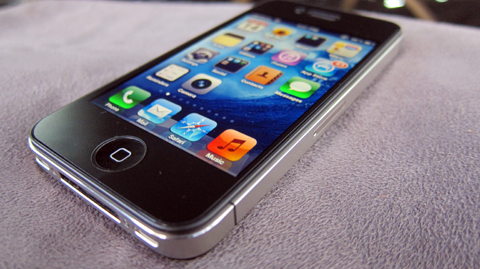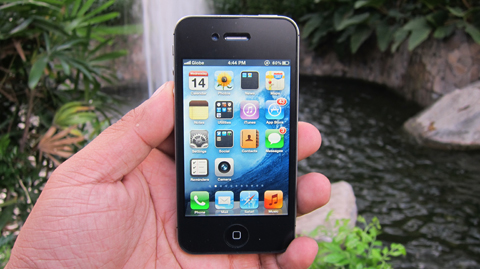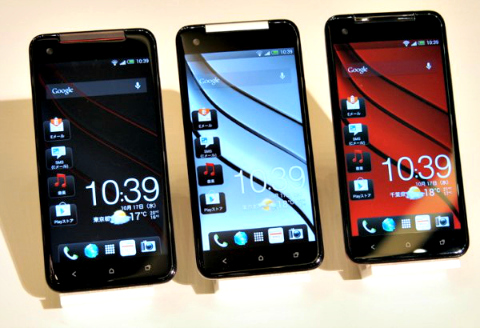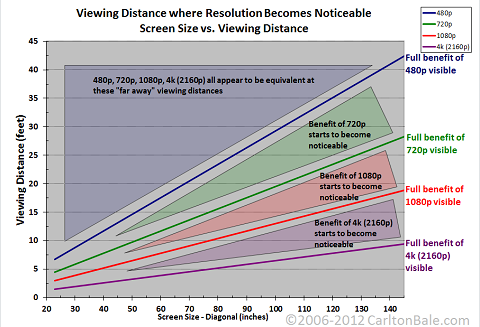Today we look into an aspect of a device’s screen which has been building up to be quite a trend as of late – the Pixel Density. Our goal is to shed some light on some of the common misconception that people have about it and hopefully answer this question along the way: At what point does Pixel Density can be considered a feature or just marketing gimmick?

Definition and Calculation
Pixel Density is a way to measure the resolution of a given device. Depending on the device being measured, Pixel Density is represented in various abbreviated terms. Some of the more popular unit of measurements are as follows:
• Dots – Often used to measure a Digital Camera’s display or Electronic Viewfinder.
• DPI or Dots per Inch – Often seen in Monitors, Scanners and Printer’s specs sheet.
• PPI or Pixel per Inch – Similar to DPI, but mainly used for smartphones and tablets.
Pixel Density of a display is calculated by dividing the total diagonal resolution in pixels by the screen’s diagonal size in inches. To get the total diagonal resolution in pixels you have to find the square root of the sum of the width resolution and height resolution which are both squared.
Assuming that you’re also bad in Math as I am, you can opt to calculate the PPI of your device’s screen by going to this link. All you need to do is fill out the necessary fields and it will give you the PPI.
The PPI sweet spot
Now that we have a better understanding of Pixel Density and how it’s calculated, let’s delve deeper in to the ideal pixel density of a screen. The late Steve Jobs claimed that a pixel density of 300ppi, when viewed at a certain distance (10-12 inches away from the eye), is high enough that a normal (20/20 visual acuity) human eye will not be able to notice pixelation on the screen.

This claim emerged along with the announcement of the iPhone 4 which, because of the nature of its display, was marketed as having a “Retina Display”. Apple’s claim was controversial to say the least, one that fascinated many skeptics to investigate further if there’s any truth behind this claim.
One of the most famous criticisms of this claim came from Dr. Raymond Soneira of DisplayMate, who argues that the Cupertino-based company’s claim is exaggerated and that a human retina has a higher resolution. According to him, for a display to be considered “Retina”, it needs to have a pixel density of 477ppi at 12-inches away or should be held a foot and a half away in the case of the iPhone 4.

And while Dr. Soneira’s claims has been regarded as technically correct, there are others like Bryan Jones, a Retinal Neuroscientist and University of Utah professor, who agrees with Apple’s Retina Display claim. He comprehensively explained his take on the matter on his blog and pointed out that “Soneira’s claims are based upon a retinal calculation that is too low”. He added that from a foot away, a display that has a pixel density of 287ppi is enough to give users an ideal viewing experience.
PPI Fad
Since 2010, companies have been pressured to come up with a display that can compete with the Retina Display of the iPhone 4. At first these companies tried to stifle the market with larger screens. However, as mentioned earlier, the screen size also plays a key role in identifying the pixel density of a screen. Therefore, the need to equip the device with a higher resolution became a necessity to compensate for the bigger screen.

And while we acknowledge this need, we can’t help but wonder if there’s really a need to put a Full HD resolution on a 5-inch handset. Reason why we asked this is because we noticed that there are quite a handful of 5-inchers that are equipped with such resolution.
To put things in perspective, a 5-inch display with 1080p resolution equates to 441ppi. Well above Mr. Jones’ recommendation. Now does that mean that phones like the HTC Butterfly should give you better viewing experience? Well, that depends on how far the smartphone is from your eyes.
Besides screen size and resolution, another factor that plays a big role in the viewing experience is the distance between the screen and the eye. The reason why people such as Jones and Soneira used the “foot away” distance is because that’s where we usually hold our smartphones.

Carlton Bale, an authority in Home Theater setup, further elaborates the correlation between distance, screen size and resolution in this blog entry and how each aspect affects the viewing experience. And while he used TVs to illustrate how one can fully maximize a device’s resolution, the same can be said for other gizmos which in our case are smartphones.
Apart from the chart seen above that shows us the ideal distance at which we can fully optimize the resolution of specific screen size, Mr. Bale also came up with a very detailed Home Theater Calculator which can be used to determine the optimal distance between the display and the eye to reap the benefit of a certain resolution. According to his calculator, for a user with normal vision acuity to fully maximize a 5-inch screen’s 1080p resolution, the device needs to only be around 6-8 inches away from the eye.

I don’t know about you, but I think we can all agree that holding your phone that close to your face isn’t, in any way, ideal. However, I must admit that there are rare cases when I place the phone that close to my face like when I’m watching a film to get to sleep.
Conclusion
There’s just too many factors to consider when dealing with the ideal Pixel Density; Resolution, Screen size and Distance, not to mention the visual acuity that the user has. But based on the information we gathered, we can safely say that Pixel Density of a smartphone’s screen only makes sense when it correlates to the optimal operating distance which is 12-18 inches away from our eyes and that a higher Pixel Density number doesn’t always translate to a better viewing experience.
In summary, we think that a 1080p resolution on 5-inch and up handset is just a way for manufacturers to lure in more consumers to their products with its high PPI. Therefore, not to be treated as a primary deciding factor in choosing your next smartphone.
The post Pixel Density: Feature or Gimmick? appeared first on YugaTech | Philippines, Tech News & Reviews.













